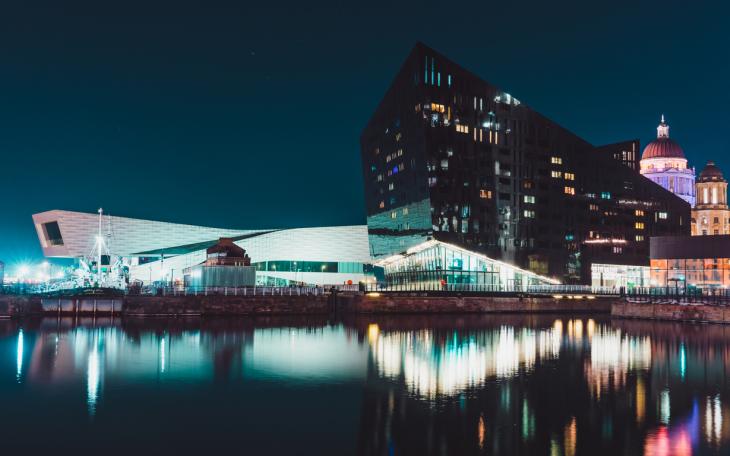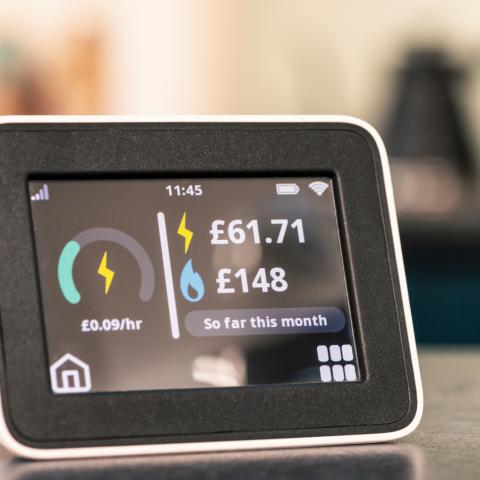Festival Gardens: The next step in Liverpool's revival

More than a patch by the river, Festival Gardens mirrors Liverpool’s spirit – one of overcoming adversity and coming back stronger. With developers finally in place, this bit of land on the edge of the River Mersey is back on centre stage – and this time, it will be more than a one-summer wonder.
As a ’90s baby who later made Liverpool home, my experience of the early ‘80s is second-hand: discussions with the old boys in the pub after football, episodes of Boys from the Blackstuff, photographs of derelict, boarded-up streets and an abandoned Albert Dock, and bleak government reports on housing. Together, they sketch a city fighting to stay upright.
The Toxteth riots of 1981 were a flashpoint in a city already on its knees. Yes, racial tensions played their part, but the backdrop was one of mass job losses in manufacturing, shipbuilding and the docks, coupled with crumbling housing and a sense of abandonment. When leaked government papers later revealed talk of letting Liverpool enter “managed decline” under Thatcher, it confirmed what many felt already – that the city had been written off.
Yet the story wasn’t that simple. “Managed decline” never became policy; Michael Heseltine, as “Minister for Merseyside,” pushed a different tack, launching the Merseyside Development Corporation with its flagship project: the International Garden Festival in 1984.
A 125-acre stretch on the south Liverpool riverbank was turned from landfill into the UK’s first-ever garden festival. And to be fair, it worked, with 3.4 million people coming to visit. But then came years of drift: locked gates, graffiti, weeds, and promises that never quite landed. The criticism was probably justified: a cosmetic fix, rather than any real attempt to address the root causes of the city’s decline – job losses, poor housing, and entrenched inequality.
But the city changed while the gardens waited. We’ve got a centre that works with distinct districts, soon to be connected by an integrated transport system with electric buses and new trains. Jobs are flowing back, with thriving sectors such as health, life sciences, digital and advanced manufacturing. Liverpool has become a magnet for film and TV, and culture is still a big pull, from the docks to Eurovision. Notably, the cost of living makes it a place people actually want to stick around in. All this has come in spite of considerable political turbulence, from the rate-capping rebellion in the 80s to the recent arrest of former mayor Joe Anderson – and everything in between.
As the city thrived, there are still areas that have been left behind, the Festival Gardens site being one. The walkways have become a sanctuary for city dwellers – me being one of them during lockdown – but big promises rarely materialised and the realities of developing on a former landfill kept throwing up barriers. While current ambitions aren’t yet publicly numbered, earlier iterations floated up to 1,500 homes, with the council pushing for a multi-generational neighbourhood with a mix of house types and tenures and at least 20% affordable.
The city’s progress and heightened standards sets a new bar for Festival Gardens. This time it can’t be a shiny distraction from the latest political scandal, as it arguably was in 1984. It has to become a neighbourhood that belongs to the people who’ll live there: affordable homes, a riverside park with open access to Otterspool, safe walking and cycling routes, and public transport that connects.
So yes, this is about housing. It’s also about finishing a story Liverpool started decades ago: turning a symbol of stop-start regeneration into one of the city’s most thriving neighbourhoods. If this is done right, Festival Gardens won’t be a nostalgia piece. It’ll be another postcode that’s moved beyond press release and is sharing in the city’s revival.








